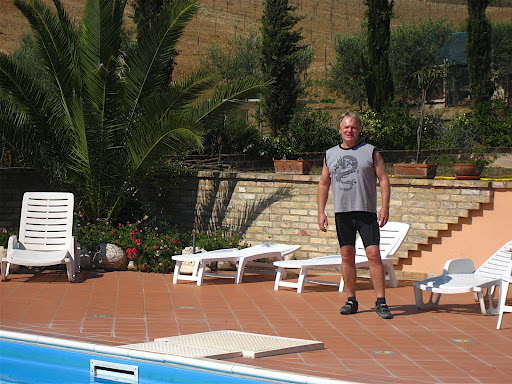Mass tourism did not really begin to develop, however, until two things had occurred. a) improvements in communications allowed the transport of large numbers of people in a short space of time to places of leisure interest, and b) greater numbers of people began to enjoy the benefits of leisure time. The biggest development of all was the invention of the railways, which brought Britain's seaside within easy distance of Britain's large urban centres.
The father of modern mass tourism was Thomas Cook who, on July 5th 1841, organised the firstpackage tour in history, by chartering a train to take a group of teetotalers from Leicester to a rally in Loughborough, some twenty miles away. Cook immediately saw the potential for business development in the sector, and became the world's first tour operator.
He was soon followed by others, with the result that the tourist industry developed rapidly in early Victorian Britain. Initially it was supported by the growing middle classes, who had time off from their work, and who could afford the luxury of travel and possibly even staying for periods of time in "boarding houses". However, the Bank Holiday Act of 1871 introduced, for the first time, a statutory right for workers to take holidays, even if they were not paid at the time.
The combination of short holiday periods, travel facilities and distances meant that the first holiday resorts to develop in Britain were towns on the seaside, situated as close as possible to the growing industrial connurbations.. For those in the industrial north, there were Blackpool and Scarborough. For those in the Midlands, there was Weston Super Mare, for those in London there were Southend on Sea, Broadstairs, Brighton, Eastbourne, and a whole collection of other lesser known places. But for a century, tourism remained a national industry, with foreign travel being reserved, as before, for the rich or the culturally curious.
Similar processes occurred in other countries, though at a slower rate, given that nineteenth century Britain was far ahead of any other nation in the world in the process of industrialisation. In the USA, the first great seaside resort, in the European style, was Atlantic City, New Jersey. In Europe, early resorts included Oostende (for the people of Brussels), and Boulogne and Deauville (for Parisians).
Even so, increasing speed on railways meant that the tourist industry could develop slowly, even internationally. By 1901, the number of people crossing the Channel from England to France or Belgium had already passed 0.5 million per year.
Other phenomena that helped develop the travel industry:
Paid holidays:
1.5 million manual workers in Britain had paid holidays by 1925
11 million by 1939 (30% of the population in families with paid holidays)
What the railway did for domestic tourism in the nineteenth century, the aeroplane and the package tour have done for international tourism in the last 30 years. For the worker living in greater London, Brindisi today is hardly less accessible than Brighton was 100 years ago,. Tourism has become a multi-billion pound international industry, and one that is growing in developed countries (source countries) at a rate considerably faster than annual growth levels. "Receptive tourism" is also growing at a very rapid rate in many developing countries, where it is often the most important economic activity in local GDP.
